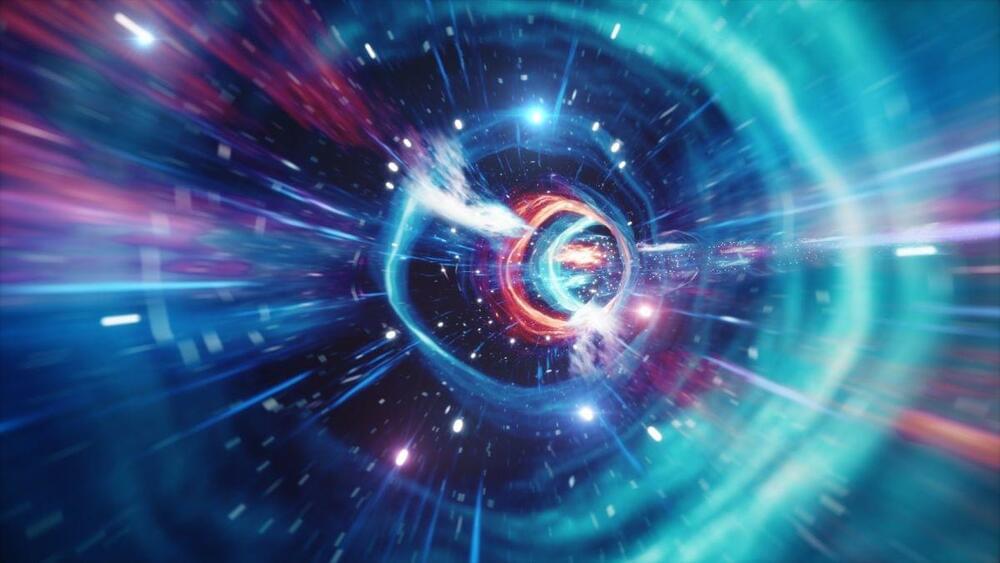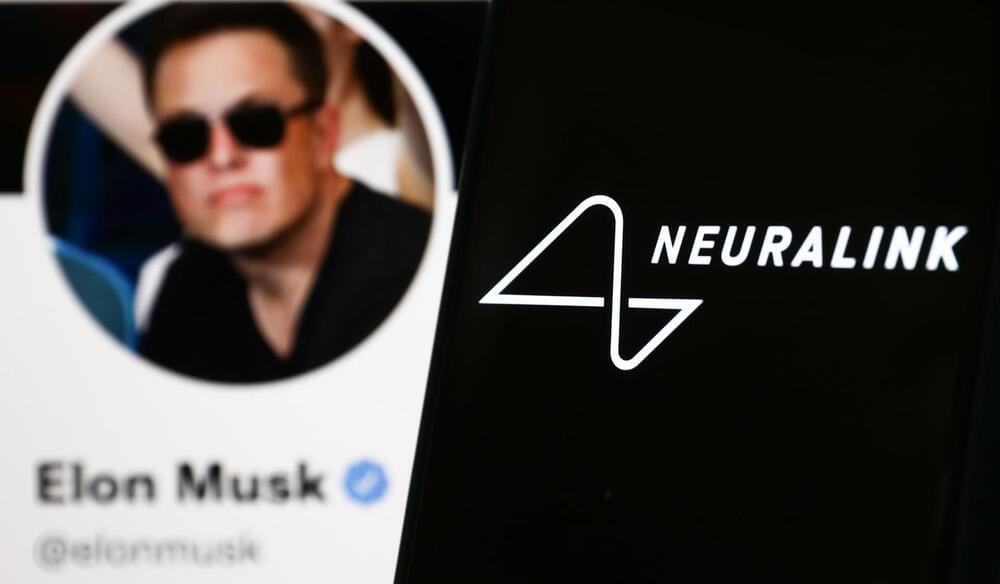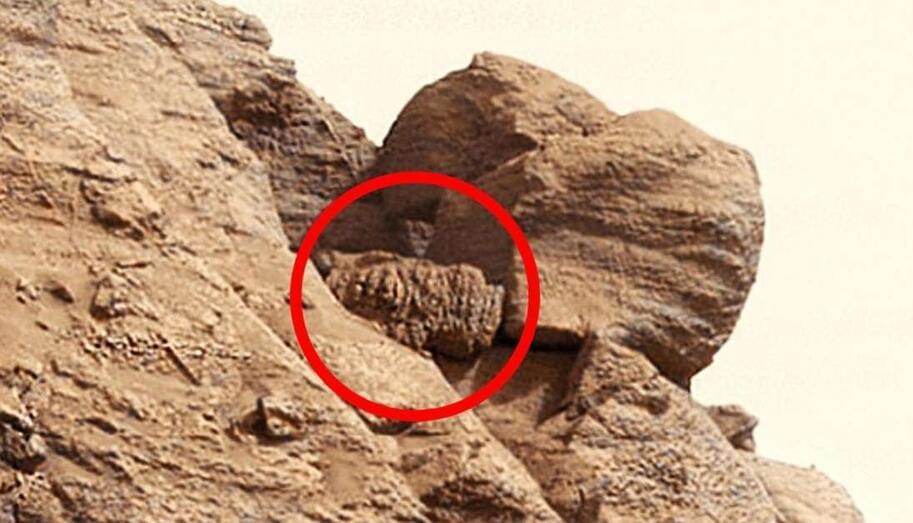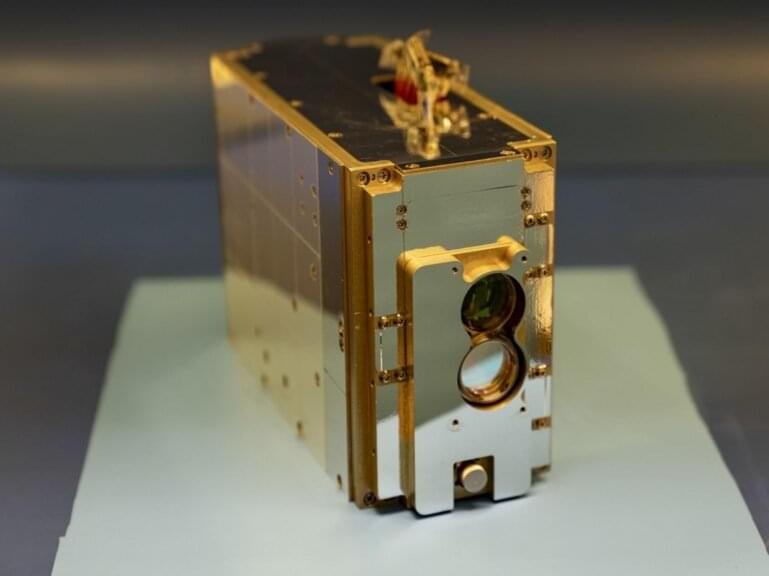A small satellite developed by MIT engineers has set a new record for data transmission between a satellite and Earth. The TeraByte InfraRed Delivery (TBIRD) system used a laser to beam huge amounts of data at up to 100 gigabits per second (Gbps).
This data transmission speed is far greater than most connections you’ll get between the sky and the ground. SpaceX’s Starlink satellite internet offers up to 500 Mbps to Premium customers, and even the International Space Station’s data transmission tops out around 600 Mbps. That makes TBIRD up to 200 times faster.
The key difference is that most satellites communicate with ground stations via radio waves. TBIRD, on the other hand, uses laser light, which can carry up to 1,000 times more data in each transmission. Lasers come with their own hurdles though – the beams are much narrower, requiring more precise alignment between transmitter and receiver. And the light can be distorted by the atmosphere, leading to data loss. So TBIRD was designed to overcome these issues.







